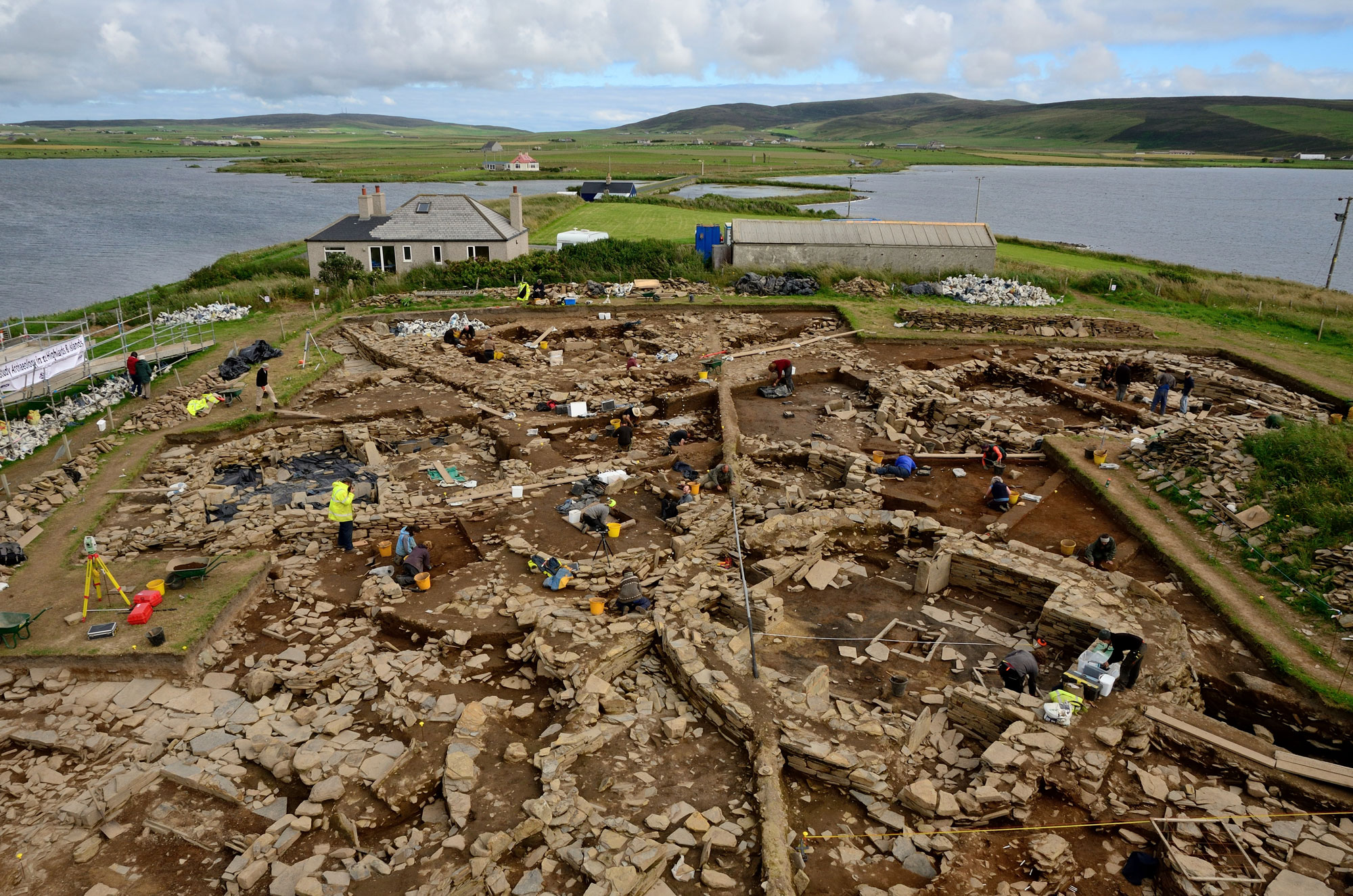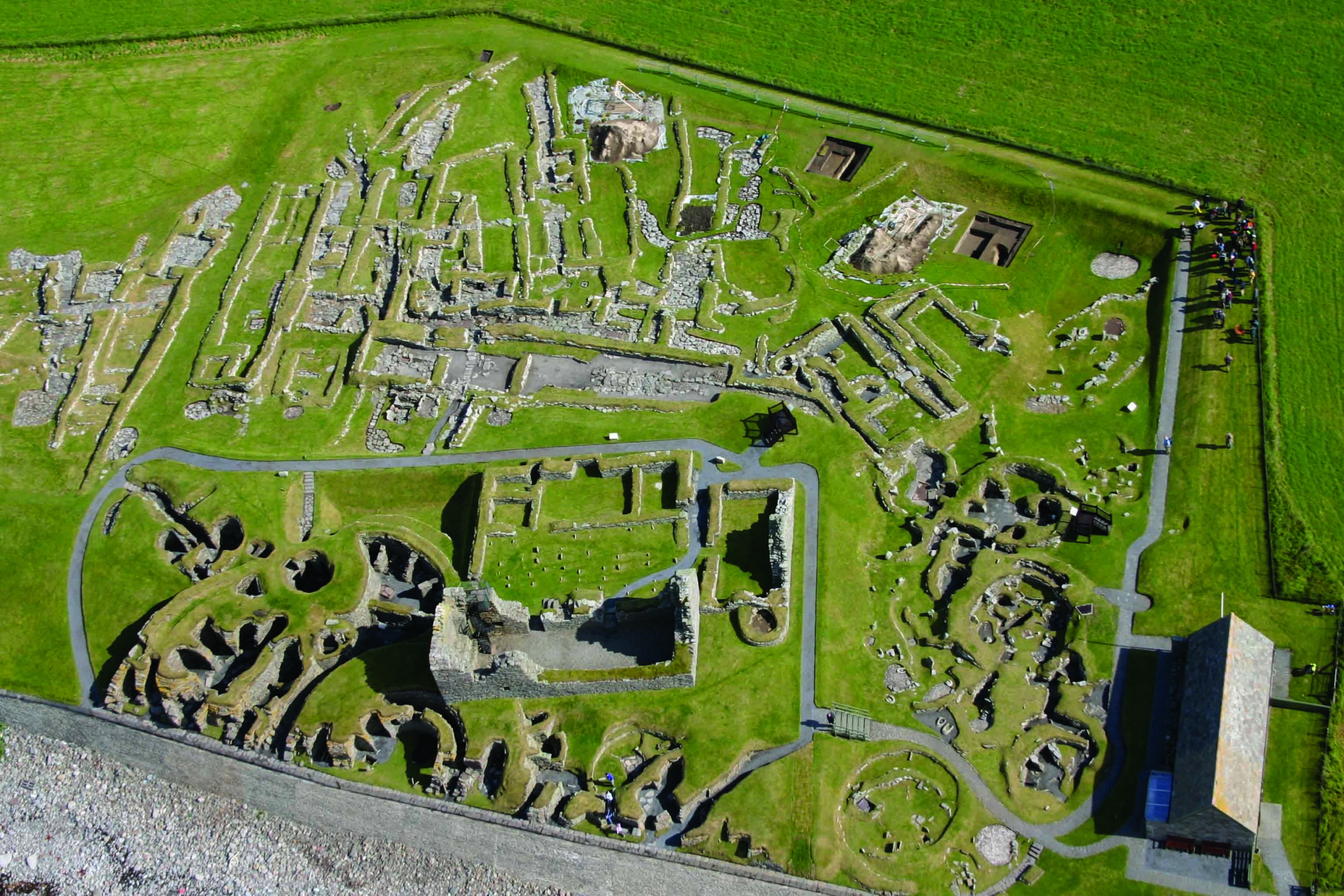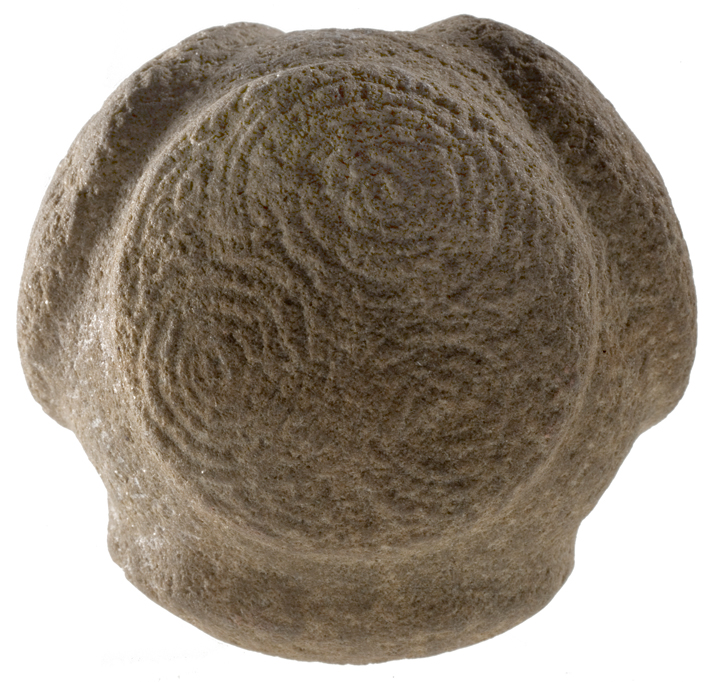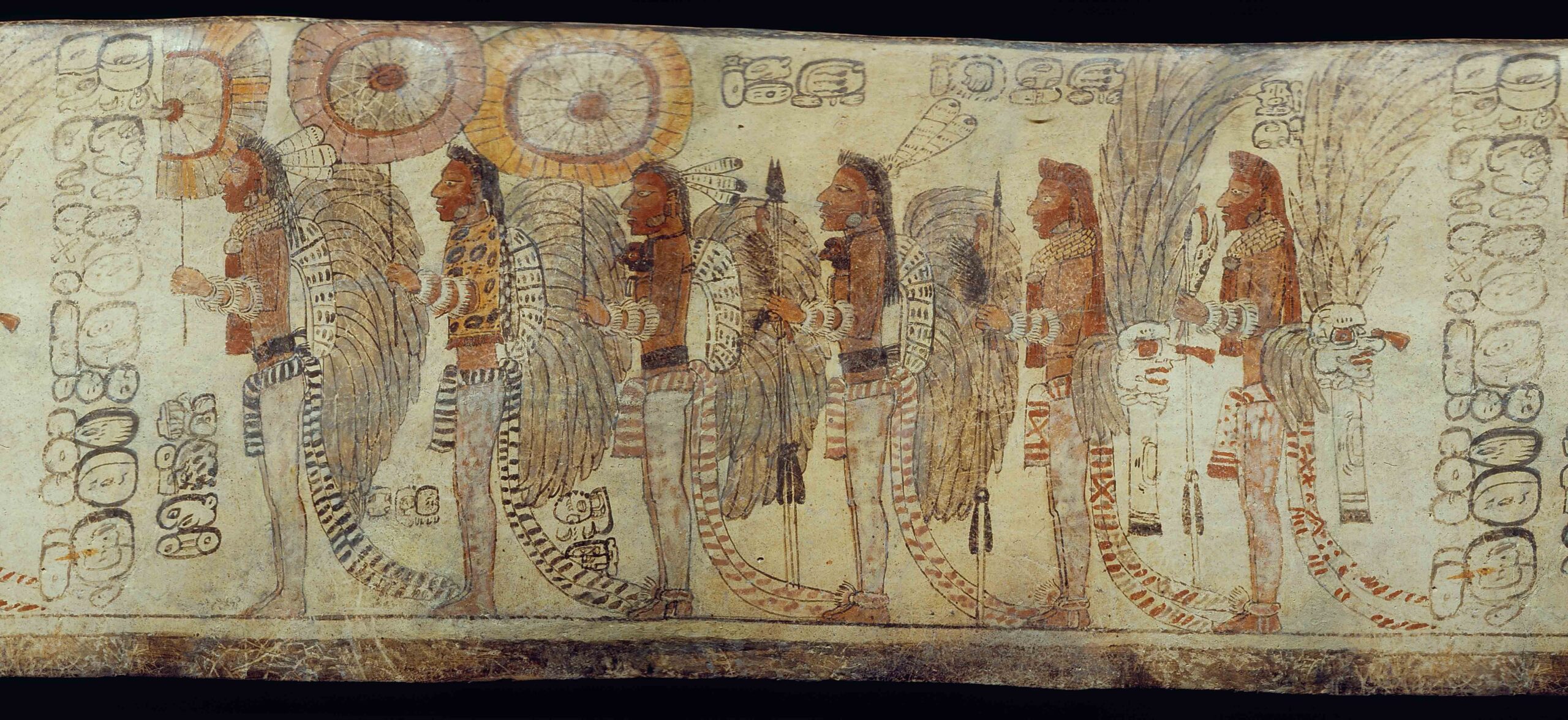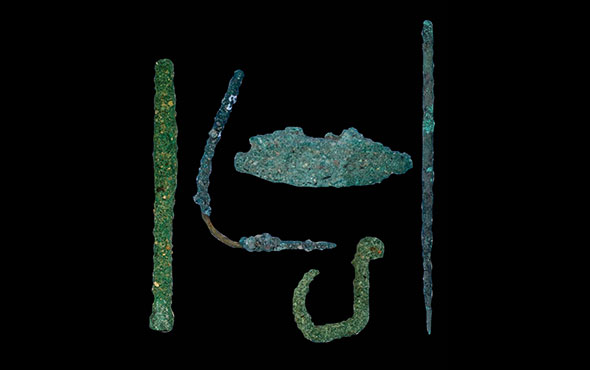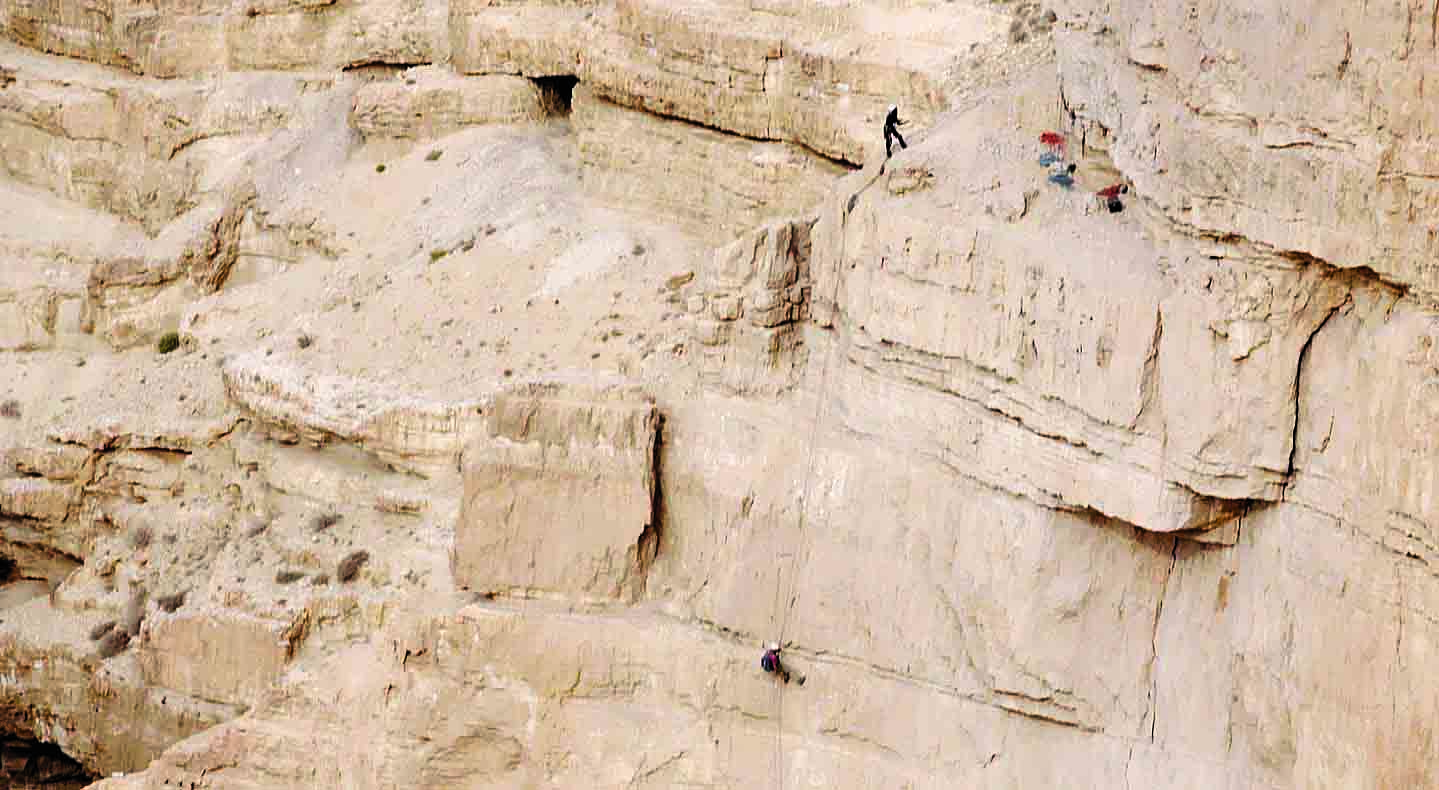
ORKNEY, SCOTLAND—The Scotsman reports that two balls carved from stone have been found in a tomb on the island of Sanday, which is located off Scotland’s northeastern coast, by a team of researchers led by Hugo Anderson-Whymark of the National Museum of Scotland. Dated to 3500 B.C., the tomb is a stalled cairn split into several compartments and has been damaged by erosion. Anderson-Whymark said one of the balls is still perfectly spherical and beautifully finished, while the other has split. Such stone balls, which have only been discovered in Scotland, are thought to have been used during the Neolithic period as weapons to inflict trauma to the head. Several skeletons with head wounds that may have been inflicted by stone balls have been found in tombs on the nearby island of Orkney. This tomb is thought to have been built by people who lived at a settlement located about one and one-half miles away. For more on these stone balls, go to "Spheres of Influence."


